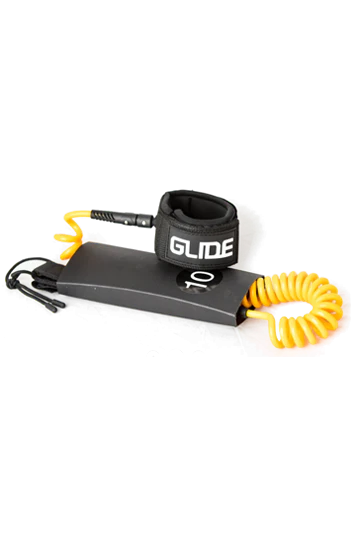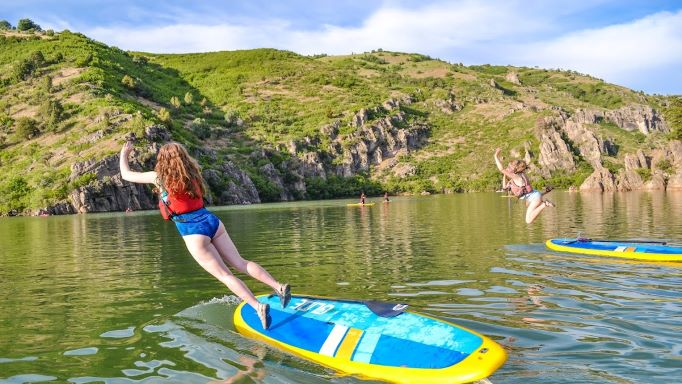
10 paddle boarding mistakes to avoid.
Key Highlights:
- Wearing a Personal Flotation Device (PFD): Essential for safety, always wear a PFD to enhance your chances of survival in case of an accident.
- Using a Leash: Keep your board close in case of a fall, especially in strong currents or winds, with a leash—preferably a quick-release type for whitewater paddling.
- Checking Weather Conditions: Avoid being caught off-guard by adverse weather by checking forecasts prior to heading out.
- Adhering to Local Regulations: Stay informed about and comply with local paddle boarding regulations to avoid fines and ensure safety.
- Understanding Tides and Currents: Plan your route with knowledge of tides and currents to prevent unexpected challenges.
- Knowing Your Physical Limits: Be aware of your endurance levels to prevent fatigue and ensure a safe return.
- Stretching Before and After: Prevent injuries and enhance performance with proper stretching routines.
- Following Right-of-Way Rules: Prevent accidents by yielding to larger vessels and staying alert to navigate away from hazards.
- Maintaining Awareness of Surroundings: Stay vigilant of other water users and potential obstacles to avoid accidents.
- Enjoying the Experience: Embrace the journey and the beauty of being on the water, beyond just reaching your destination.
Paddle boarding is a fantastic way to explore the waterways, offering a unique blend of tranquility and physical challenge. However, both novices and seasoned paddlers can fall prey to common errors that may compromise their safety or enjoyment. Here's a roundup of ten paddle boarding mistakes to steer clear of, ensuring your adventures are both fulfilling and safe.
1. Ignoring the Need for a Personal Flotation Device (PFD)
Always wear a PFD while paddle boarding. It's not just about compliance with local regulations; it's a critical safety measure that could save your life in case of an accident.For more on life jackets check out this article!

2. Forgetting a Leash
A leash is your lifeline to your board if you fall off. It keeps the board within reach, significantly reducing the risk of separation, especially in strong currents or winds. Note: Whitewater paddlers should use a quick-release leash for safety.

3. Overlooking Weather Conditions
Before heading out, check the weather forecast. High winds and storms can turn a paddle boarding session from delightful to dangerous in moments.
4. Disregarding Local Regulations
Local rules are there for a reason. Familiarize yourself with the regulations of your paddle boarding destination to avoid fines and ensure a harmonious experience with nature and other water users.

5. Not Checking Tides and Currents
Understanding tides and currents is crucial for planning your route and ensuring you're not caught off-guard by changing conditions.

6. Underestimating Your Limits
Know your physical limits and endurance level. Overexerting yourself can lead to fatigue, making it difficult to return safely.

7. Skipping Stretching
Like any physical activity, stretching before and after paddle boarding can prevent injuries and enhance your flexibility and performance on the water.

8. Ignoring Right-of-Way Rules

On the water, right-of-way rules help prevent accidents. Generally, paddle boarders should yield to larger vessels, but always stay alert and ready to navigate away from potential hazards.
9. Losing Awareness of Surroundings
Stay vigilant of your environment, including other watercraft, swimmers, and potential obstacles. Distraction can lead to accidents.

10. Forgetting to Enjoy the Experience
Paddle boarding is about the journey, not just the destination. Take time to appreciate your surroundings and the joy of being on the water.


By sidestepping these common pitfalls, you can enhance your paddle boarding experience, making each outing safer and more enjoyable. Remember, preparation and mindfulness are key to a rewarding SUP adventure. Share your paddle boarding stories and lessons learned with us at #glidesup on Instagram. Happy paddling!



